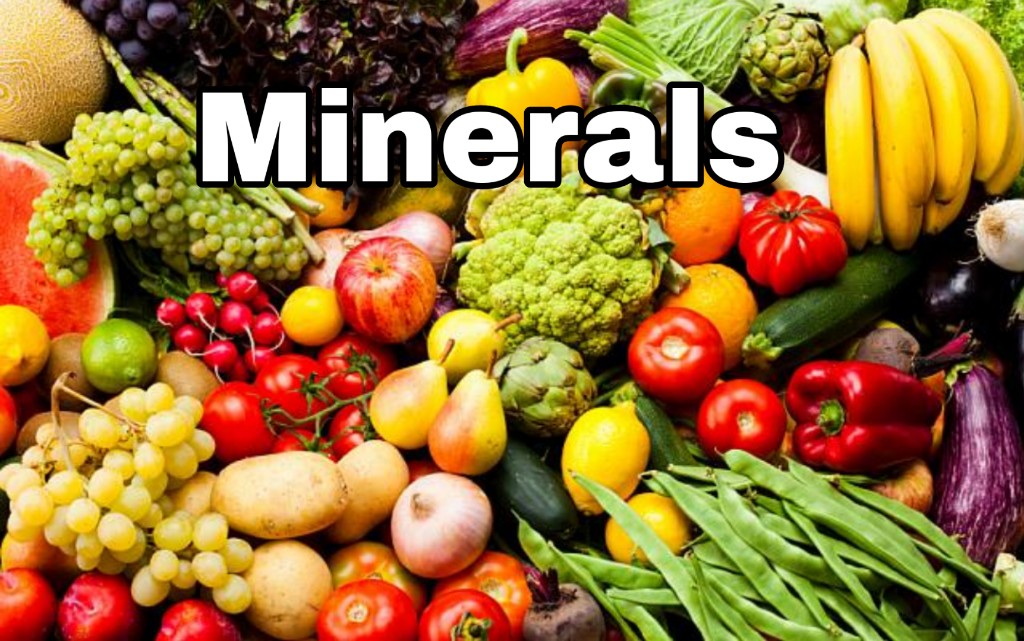Minerals

As stated earlier in this course, vitamins and minerals are micronutrients. They are required in smaller quantities compared to the macronutrients, carbohydrates, proteins and fat. We have dealt with vitamins thus far. Vitamins and minerals differ in basic ways. Whereas vitamins are organic and can be broken down by heat, air, or acid or age, minerals are inorganic and hold on to their chemical structure. Minerals also have a more simpler chemical form than vitamins. While all vitamins are needed by the body, only some minerals are required.
A practical definition of a mineral is a naturally occurring inorganic micronutrient found in the soil or water that is essential for the proper functioning of animals and plants. We can get minerals from water, plant or animal foods or dietary supplements. For proper growth and functioning of our bodies we need to regularly consume essential minerals. As it was for vitamins there are essential and non-essential minerals. We will deal with each of these in turn. The following table lists the essential and non-essential minerals.

